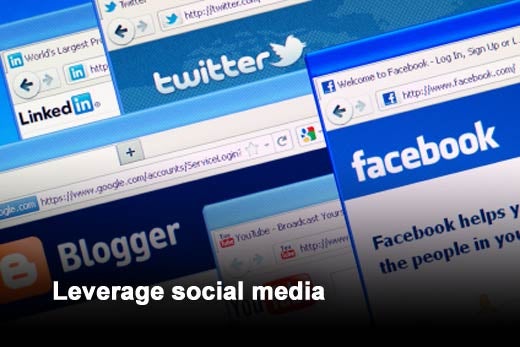With each passing year, consumers become increasingly more proactive in engaging with companies’ customer service centers to address their concerns. With this consistent rise in traffic, customer service center agents must be well prepared for the slew of customer queries sure to flood their queues. Additionally, as customer service goes, it’s time to get ready to contend with the increase in customers utilizing channels such as the Web, voice, chat, social media and video for everyday queries. Cisco’s Collaboration Technology Group, already helping to enable comprehensive and effective collaborative experiences, discusses the tips and tricks call center managers can share with their agents as they ramp up to deal with retail’s most “savage” customers.
Click through for tips to prepare your call center for high-volume traffic and difficult customer service calls, as identified by Cisco's Collaboration Technology Group.
Interactive Voice Response (IVR) doesn’t have to be annoying; it’s all about the application. Contact centers should use IVR to handle the routine inbound calls, saving agents for the tough customer calls.
Promote the brand and a consistent experience across media channels, devices and access points. Offering a reliable image across voice, video, Web, chat, email and social media channels builds brand loyalty. Meanwhile, providing a cohesive experience across LAN lines, smartphones, laptops and tablets, and similarly across call centers and branch offices, allows customers a seamless experience, keeping them coming back for your products and services.
How do companies expect to successfully manage customer communications without first implementing strategic internal communications? By improving processes with internal reports, and leveraging enterprise tools such as Presence and IM, companies can efficiently tackle problems once they arise, leaving more time to assist even the most unruly of customers.
Granting access to experts provides customers with a sense of relief, while offering video options allows agents to efficiently show customers solutions to problems. Offering customer service agents up-to-date software, such as a Web 2.0 desktop, allows them to efficiently handle incoming requests, and enables them to handle more customers in a shorter amount of time.
It’s no secret that social media is an increasingly important tool for businesses to communicate and engage with customers. However, to utilize social media’s full potential, it’s essential to move past the idea of social media as strictly a promotional tool. The next step is to integrate Facebook, Twitter, LinkedIn, etc. into customer care processes. Bringing customer service to actual customers, monitoring a brand as it’s perceived, allows companies to discover problems early, proactively engaging with potential and returning customers, protecting the brand.








